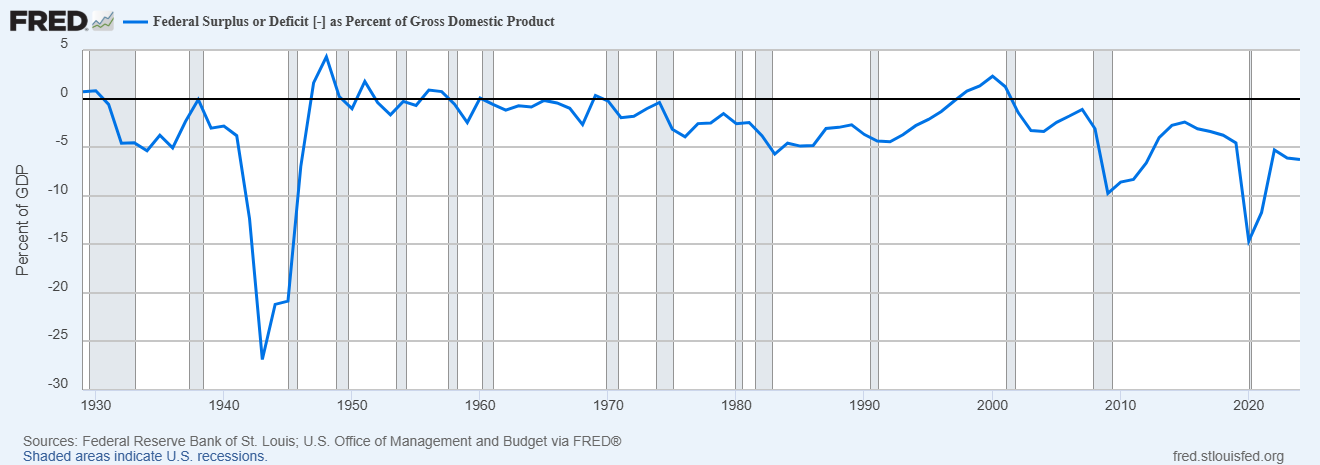Let’s Talk Tariffs
You've probably heard a lot about tariffs already: additions, reductions, pauses. I won't pretend to know what's coming next. But I thought it might be helpful to explain why all of this might be happening.
To start, let’s go back to a crucial point: the U.S. has been the world’s reserve currency for decades. What does that mean? It means most international trade happens in U.S. dollars. When countries want to buy things from each other, whether it’s oil from Saudi Arabia, electronics from Japan, or coffee from Brazil, they usually make the transaction in dollars, not their own currencies.
Being the reserve currency gives the U.S. a lot of power, but it also creates some strange problems.
The Strong Dollar Problem
Because the U.S. dollar is used for so much trade, it is in constant demand. Every time a country needs to make an international purchase, it has to get its hands on dollars. To meet that demand, the U.S. must supply more dollars into the global system. This allows the U.S. to run trade deficits, meaning it imports more goods and services than it exports, without facing the usual economic pressure that other countries might experience in a similar situation. That is because the world needs dollars to keep global trade moving.
This constant demand also keeps the dollar stronger than it might otherwise be. A strong dollar makes American-made goods more expensive for other countries to buy. As a result, it becomes harder for U.S. manufacturers to compete globally. Over time, this has led to a decline in American manufacturing jobs, as companies move production to countries where costs are lower.
This is a problem because, as you can imagine, when U.S. companies move manufacturing abroad, jobs are lost, the middle class suffers, and the country becomes more reliant on imports instead of exports. This shift has been underway for decades, and many people have felt the economic consequences.
And then there’s China
As the world’s manufacturing powerhouse, China has been able to sell inexpensive goods to the U.S. and the rest of the world. Some of this success has been supported by government subsidies. China’s government has also been accused of artificially managing its currency. The yuan is believed to be weaker than it would be if its value were determined by the open market. This makes Chinese products cheaper for other countries to buy, especially for the U.S.
In effect, China is subsidizing its own exports, allowing them to flood the global market with low-cost goods. This is beneficial for Chinese manufacturers, but it creates challenges for American manufacturers that are trying to compete on price.
The Bottom Line
At the heart of the tariff conversation is a deep frustration with how global trade has developed over the past several decades. The Trump administration argues that relying on foreign supply chains weakens U.S. defense capabilities. They view tariffs as a necessary tool to correct what it considers to be years of unfair trade practices. According to supporters of this approach, tariffs are intended to reduce the trade deficit and help bring jobs back to the United States.
Moreover, even if tariffs do not dramatically transform the structure of global trade, proponents argue they can still serve a strategic purpose—as leverage in negotiations with allies. By threatening or imposing tariffs, the U.S. may be able to push for more favorable terms in trade or even encourage allied nations to help shoulder the financial burden of the American-led international order. Oh, and to show China that it can't get away with what it has been doing for decades.
On the other side of the argument, critics of tariffs point to several significant concerns, chief among them being inflation and the impact on consumers. When tariffs are imposed, the price of imported goods rises, as businesses pass on the added cost to consumers.
Furthermore, bringing manufacturing jobs back to the U.S. is not a quick or easy process. It’s not simply a matter of reopening old factories. Rebuilding a manufacturing base involves building new factories, purchasing and installing advanced equipment, and creating a supply chain infrastructure. This process takes time, money, and a well-organized effort. Additionally, questions have been raised about whether the U.S. has a skilled labor force ready to reindustrialize at the level expected of them.
My 2 cents
I'm not an economist, so don't take this as expert advice. But to me, trying to maintain reserve currency privileges while reindustrializing and competing with cheaper currencies is a tall order.
If you're interested in digging deeper into this rabbit hole, I recommend checking out Stephen Miran’s paper titled A User’s Guide to Restructuring the Global Trading System. Miran, currently serves as the Chair of the Council of Economic Advisers for the US. His paper offers a window into the broader thinking that may be shaping Trump-era (and possibly future) trade policy.
I also recommend taking a look at some of the writings of hedge fund manager Ray Dalio.
Thanks for reading.
Disclaimer:
This piece is intended for informational purposes only. It does not constitute financial, investment, or economic advice.
Cover Image taken by Unsplash.

